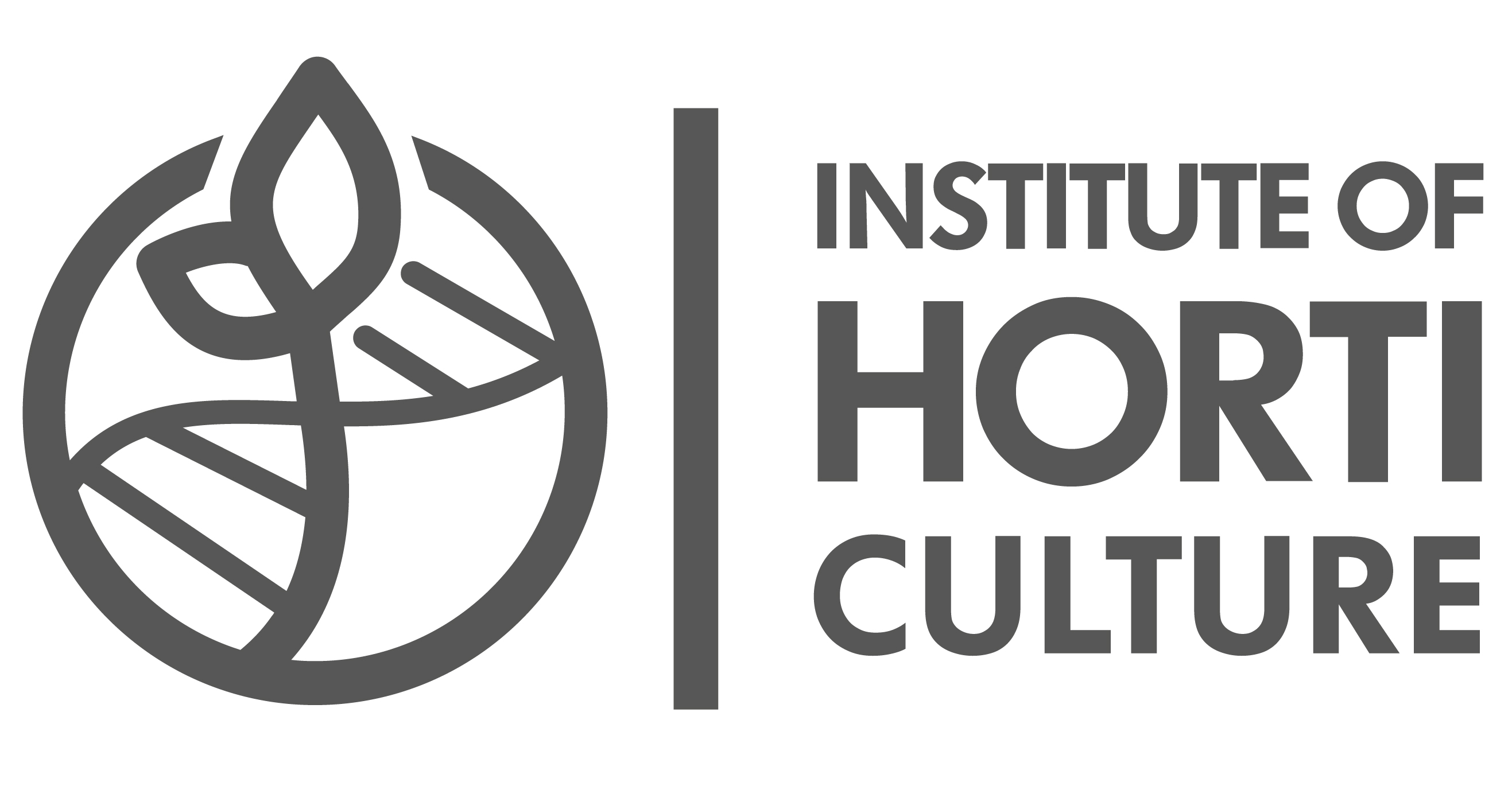Studies of new potential vectors of Gooseberry vein banding associated virus and Blackcurrant reversion virus on Ribes hosts

Project goal: The aim of this project is to elucidate and clarify the vectors of two viruses — Gooseberry vein banding associated virus (GVBaV) and Blackcurrant reversion virus (BRV) harmful to Ribes plants.
The project background: Gooseberry vein banding associated virus and the Blackcurrant reversion virus have been indicated as economically important pathogens harmful to Ribes plants worldwide. Consequently, these viruses are economically important pathogens in blackcurrant, redcurrant and gooseberry plantations by decreasing berry yield and reduced plant vigour. Although no extensive studies have been performed on the vectors of these two viruses so far, there are convincing references in the literature to some specific organisms that have been implicated as the vectors of these viruses in nature. In addition, in the case of GVBaV, the vectors of this virus have been adopted on the basis of older publications, but more extensive as well as more modern studies using modern molecular methods have not been performed. Also, no extensive studies have been performed so far on the prevalence of viruses in wild plants, where they may be repositories (hotbeds) for further infection in commercial plantations. In the case of the BRV, only one species, Cecidophyopsis ribis, has been mentioned as a vector for this virus for a long time and in a noticeable number of different publications. In our previous studies, BRV has been found in Ribes plants where no any Cecidophyopsis mites have been found. Consequently, much is still unknown about the possible vectors of these two viruses. Therefore, we believe that research is needed to provide the following answers: Are Cecidophyopsis mites really the only vectors of BRV, or could this virus have other potential vectors that could be other eriophyoid mites, or even plant feeding mites belonging to other families? Are only aphid species proven so far in transmission studies as GVBaV vectors, or are there other aphid species that could be potential vectors? An additional question we want to answer is: could Ribes plants growing in the wild and in-home backyard gardens be the BRV and GVBaV repositories, from where potential BRV and GVBaV vectors could transmit mentioned viruses to commercial plantations?
Target audience: Scientists, gardeners, breeders.
Novelty: During the project, for the first time, various arthropod species that could be possible virus vectors will be tested.
Expected results: Various arthropods tested as possible vectors for viruses. The results were published in an international scientific journal indexed in the SCOPUS and Web of Science databases.
Benefits for the staff involved in the project: The project involves students and young scientists, who during the project will have the opportunity both to gain experience in practical work (collecting samples, performing DNA and RNA extraction, analyzing the results) and to participate in the preparation of a high-level scientific publication.
The project is funded by: Latvian Science Council.
